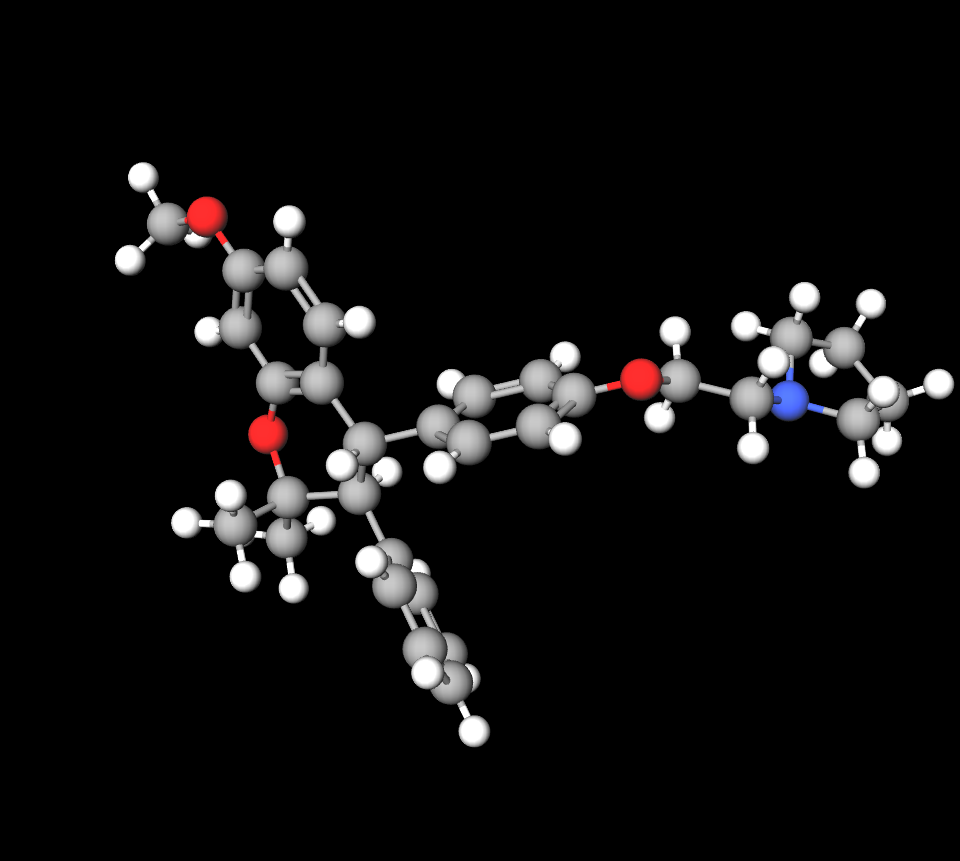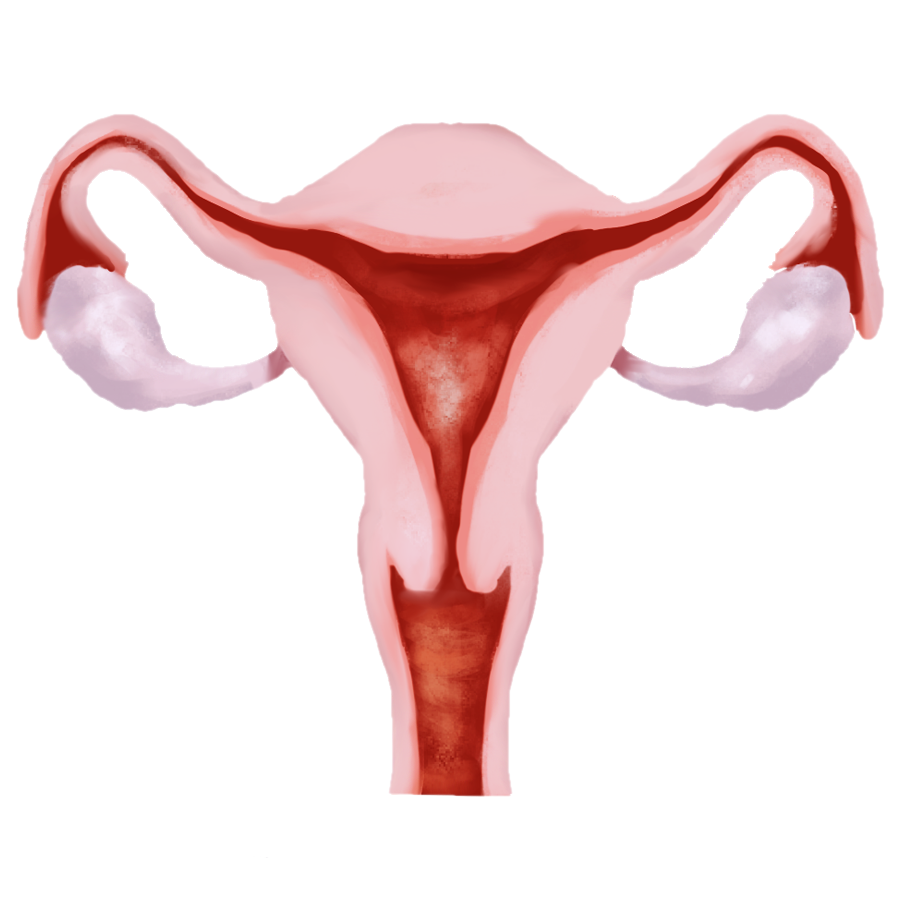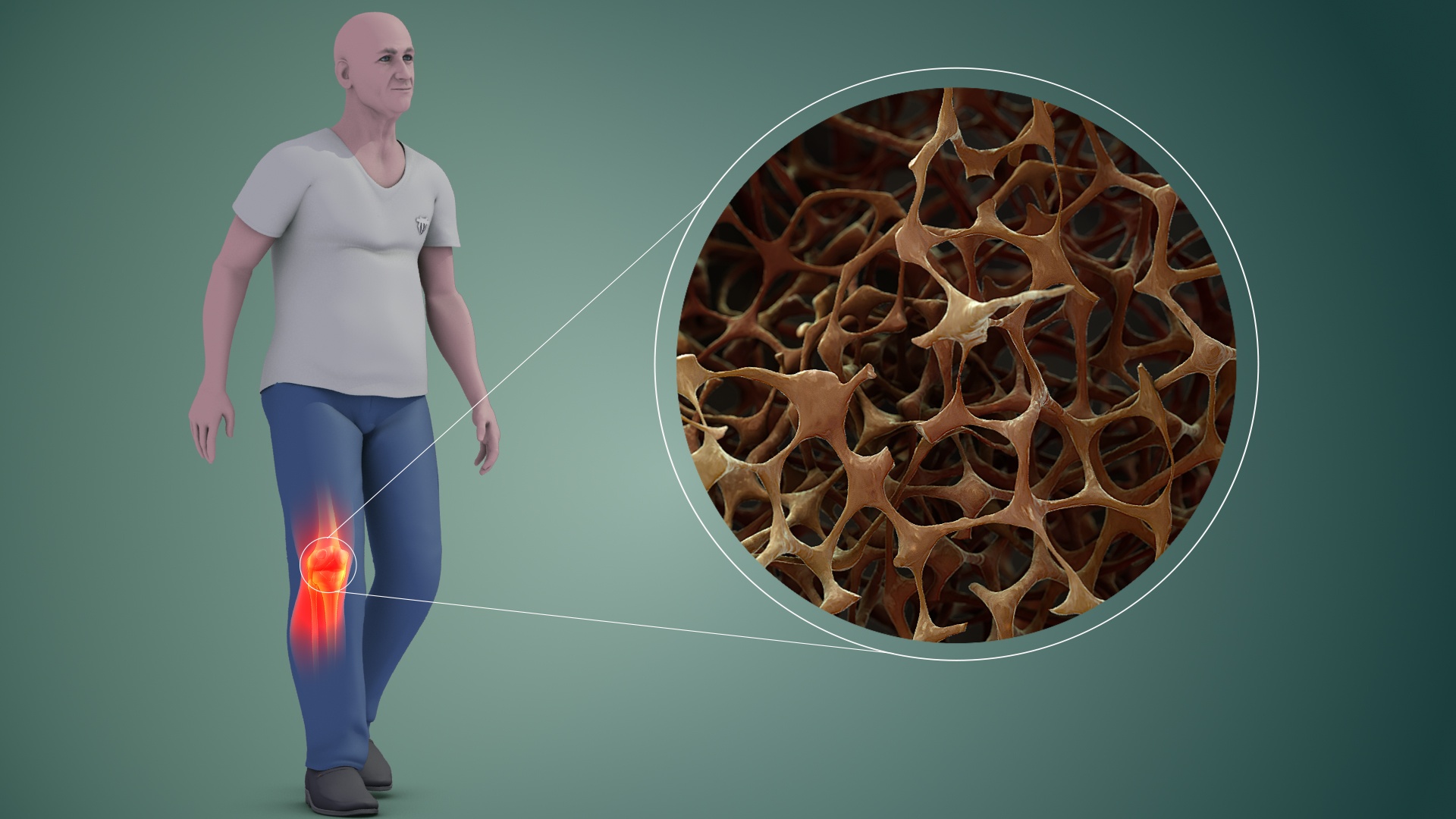Saheli, Centchroman
- Introduction to Saheli (Centchroman)
- Composition and Mechanism of Action
- Ormeloxifene hydrochloride tablet uses
- Dosage and Administration Guidelines
- Ormeloxifene side effects
- Common Side Effects of Saheli
- Warnings and Contraindications
- Interactions with Other Medications and Substances
- Storage and Handling Precautions
- Important Precautions During Use
- Administration in Special Populations
- Off-Label Uses of Saheli
- Overdose Management and Treatment
- Comparison with Other Contraceptives
Introduction to Saheli (Centchroman)
Saheli, also known by its scientific name Centchroman, stands as a groundbreaking non-hormonal contraceptive. Unlike traditional contraceptives, it offers a hormone-free solution for women seeking birth control with fewer systemic side effects.
Originally developed in India, Saheli was approved after extensive research and clinical trials that underscored its safety and efficacy. It has since garnered attention for its unique mechanism of action, offering women an alternative to hormonal options.
Notable features include its selective estrogen receptor modulation, making it distinct from other contraceptives. Globally, its popularity continues to grow, particularly in regions prioritizing accessible and affordable reproductive health solutions.
Composition and Mechanism of Action
The active ingredient in Saheli is Ormeloxifene, a selective estrogen receptor modulator (SERM). This compound interacts with estrogen receptors, producing contraceptive effects without hormonal interference.
- Chemical composition: Ormeloxifene's structure is designed to bind selectively to target tissues.
- Mechanism: It prevents implantation by altering the endometrial lining and inhibiting ovum fertilization.
Compared to hormonal contraceptives, Saheli does not influence natural hormonal levels, minimizing risks like weight gain and mood swings. Its unique approach makes it a preferred choice for many.

Ormeloxifene hydrochloride tablet uses
Saheli is primarily utilized as a contraceptive, offering reliable pregnancy prevention with weekly administration. Beyond contraception, its applications extend to various gynecological conditions:
- Menorrhagia: Effectively controls excessive menstrual bleeding.
- Dysfunctional uterine bleeding: Stabilizes irregular cycles.
- Fibrocystic breast disease: Provides relief from cyclic breast pain.
Emerging off-label uses include its potential role in cancer prevention and hormonal imbalance management, highlighting its therapeutic versatility.

Dosage and Administration Guidelines
The standard dosage of Saheli for contraception begins with bi-weekly intake for the first three months, transitioning to weekly administration thereafter. This schedule ensures optimal efficacy.
- Missed doses: Take the missed pill as soon as remembered. If delayed, use backup contraception.
- Duration: It can be used for prolonged periods under medical supervision.
Patient-specific considerations, such as age and medical history, should guide its administration to maximize benefits and minimize risks.
Ormeloxifene side effects
While Saheli is well-tolerated, users may experience certain side effects. Commonly reported issues include mild gastrointestinal discomfort and temporary menstrual irregularities.
- Rare effects: Allergic reactions or prolonged bleeding episodes.
- Long-term concerns: Minimal evidence of serious complications with extended use.
Regular monitoring and consultation with healthcare professionals are essential to address any concerns promptly.

Common Side Effects of Saheli
Typical side effects associated with Saheli are generally mild and transient:
- Gastrointestinal disturbances like nausea or bloating.
- Menstrual irregularities, including spotting or delayed cycles.
- Breast tenderness and occasional mood fluctuations.
These effects often subside as the body adjusts to the medication.

Warnings and Contraindications
Certain individuals should avoid using Saheli due to specific health risks:
- Absolute contraindications: Pregnancy, known hypersensitivity to Ormeloxifene.
- Relative contraindications: Liver disorders, chronic illnesses requiring frequent medication adjustments.
Immediate medical attention is required in cases of severe side effects such as persistent abdominal pain or heavy bleeding. Patients with pre-existing conditions should consult their physician before starting Saheli.

Interactions with Other Medications and Substances
Saheli, like any medication, may interact with other drugs and substances, necessitating careful consideration to ensure its effectiveness and safety. Understanding these interactions is crucial for users and healthcare providers alike.
- Known drug interactions: Certain antibiotics and antifungal medications may alter Saheli's efficacy by affecting its metabolism. Similarly, antiepileptic drugs can reduce its contraceptive reliability.
- Effect of alcohol and tobacco: Alcohol consumption does not directly impact Saheli's action but may exacerbate side effects like nausea. Tobacco use, particularly in women over 35, may increase the risk of cardiovascular events when combined with any contraceptive regimen.
- Herbal supplements and OTC medications: Herbal remedies, such as St. John's Wort, might interfere with Saheli's absorption. Over-the-counter drugs, including certain pain relievers, should be used cautiously.
Storage and Handling Precautions
Proper storage and handling of Saheli ensure its potency and prevent misuse. Following the recommended guidelines protects the medication from degradation and contamination.
- Storage conditions: Keep Saheli in a cool, dry place, away from direct sunlight. Temperatures above 25°C can compromise its efficacy.
- Disposal of unused medication: Dispose of expired or unused tablets responsibly. Avoid flushing them down the toilet or discarding them in general waste to prevent environmental contamination.
- Safe handling: Store Saheli out of reach of children and pets. Ensure the blister pack remains intact to avoid accidental spillage or contamination.
Important Precautions During Use
Adhering to precautions is vital to maximizing Saheli's benefits while minimizing potential risks. These steps ensure optimal contraceptive protection and overall health.
- Ensuring effectiveness: Take Saheli exactly as prescribed. Skipping doses or inconsistent use can reduce its contraceptive reliability.
- Monitoring adverse effects: Regularly observe for side effects, especially during prolonged use. Early detection allows for timely intervention.
- Regular check-ups: Schedule gynecological examinations to monitor reproductive health and address any emerging concerns.
- Lifestyle modifications: Maintain a balanced diet, avoid smoking, and manage stress to support overall well-being while using Saheli.


Administration in Special Populations
Sahelis application in groups necessitates custom considerations to guarantee safety and efficacy.
Administration to Elderly Patients
- Safety precautions should be taken into account when considering the use of Saheli for contraception among women as its benefits may be limited in this group; however, they could potentially explore uses of the medication off-label.
- Limited information exists regarding the impact of Saheli on the demographic; therefore it is important to exercise caution.
Administration to Pregnant Women and Nursing Mothers
- Contraindications: Saheli should not be used during pregnancy due to potential risks to fetal development.
- Effects on lactation: While minimal data is available, it is recommended to avoid Saheli during breastfeeding to prevent potential transmission through milk.

Administration to Children and Adolescents
- Safety in premenarcheal individuals: Saheli is not indicated for use before the onset of menstruation.
- Guidelines for adolescents: For sexually active adolescents, Saheli offers a non-hormonal contraceptive option under medical supervision.
Off-Label Uses of Saheli
Beyond contraception, Saheli shows promise in several experimental and investigational applications:
- Cancer prevention: Preliminary studies suggest potential anti-cancer properties, particularly in hormone-sensitive malignancies.
- Polycystic ovary syndrome (PCOS): Research explores its role in managing menstrual irregularities associated with PCOS.
- Osteoporosis management: Saheli's selective estrogen modulation might benefit bone density preservation.
- Dermatological conditions: Emerging evidence points to its efficacy in treating hormone-related skin disorders.

Overdose Management and Treatment
Although rare, an overdose of Saheli necessitates immediate medical intervention. Recognizing the signs and acting promptly is essential for patient safety.
- Symptoms: Overdose may present as severe nausea, vomiting, or excessive menstrual bleeding.
- Immediate steps: Administer symptomatic treatment and seek emergency care.
- Medical supervision: Continuous monitoring ensures complications are averted and recovery is swift.
- Reporting cases: Documenting overdose incidents helps improve understanding and management protocols.
Comparison with Other Contraceptives
Saheli stands out among contraceptive options due to its unique mechanism and non-hormonal nature. However, it is essential to weigh its advantages and limitations.
- Advantages: Unlike hormonal pills and devices, Saheli does not disrupt the natural hormonal balance. It is affordable and easy to administer.
- Limitations: Its effectiveness depends on adherence to the weekly dosage schedule. Additionally, it may not be suitable for women seeking immediate contraceptive effects.
- Patient satisfaction: High adherence rates and minimal side effects contribute to its growing acceptance among users.
Saheli, Centchroman FAQ
- When to start centchroman?
- What is centchroman?
- What is centchroman tablet used for?
- What is centchroman tablet?
- How to take centchroman tablet?
- How is centchroman taken orally?
- How does centchroman work?
- When to start centchroman?
- What is centchroman?
- What is centchroman tablet used for?
- How to take centchroman tablet?
- How does centchroman work?
- When to start centchroman?
- What is centchroman?
- What is centchroman tablet used for?
- How to take centchroman tablet?
- How is centchroman taken orally?
- How does centchroman work?
When to start centchroman?
Start by taking the pill on the day of your period, which coincides with the onset of bleeding. Then, take the pill three days later, on the fourth day of your menstrual cycle.
What is centchroman?
Ormeloxifene or centchroman is a contraceptive pill that doesn't contain steroids and is meant to be taken weekly.
What is centchroman tablet used for?
Centchroman is utilized as a contraceptive. It is also employed in managing cases of uterine bleeding.
What is centchroman tablet?
It is used for contraception.
How to take centchroman tablet?
Centchroman (Chaya) should be taken twice a week for three months and then reduced to once a week thereafter.
How is centchroman taken orally?
You should take Centchroman twice a week for three months. Then switch to once a week afterwards.
How does centchroman work?
Centchroman prevents pregnancy by blocking the ability of the womb to receive signals from an embryo, which is essential for implantation.
When to start centchroman?
Start by taking the pill on the day of your period, which coincides with the first day of bleeding. Then, take the pill three days later on the fourth day of bleeding.
What is centchroman?
Centchroman or ormeloxifene is a contraceptive pill that's nonhormonal and needs to be taken once weekly.
What is centchroman tablet used for?
Centchroman is commonly utilized as a method of birth control. It is also prescribed to address issues related to uterine bleeding.
How to take centchroman tablet?
Chaya (also known as Centchroman) should be taken twice a week for three months. Then switch to once a week afterward.
How does centchroman work?
Centchroman prevents pregnancy by blocking the ability of the lining to accept signals from a developing embryo, achieved by countering the effects of estrogen hormones involved in implantation.
When to start centchroman?
Start by taking the pill at the beginning of your period, which coincides with the day of bleeding. Then, take the pill three days after the one, specifically on the fourth day of bleeding.
What is centchroman?
Centchroman or ormeloxifene is a contraceptive pill that's nonhormonal and needs to be taken once a week.
What is centchroman tablet used for?
Centchroman is commonly employed as a contraceptive. It is also utilized in managing cases of uterine bleeding.
How to take centchroman tablet?
You should take Centchroman (Chayya) daily for three months. Then once a week, after that.
How is centchroman taken orally?
You should take Centchroman weekly for the 3 months and then switch to a once-weekly schedule afterward.
How does centchroman work?
Centchroman prevents pregnancy by blocking the ability of the uterus to accept signals from an egg through its interaction with hormones.














